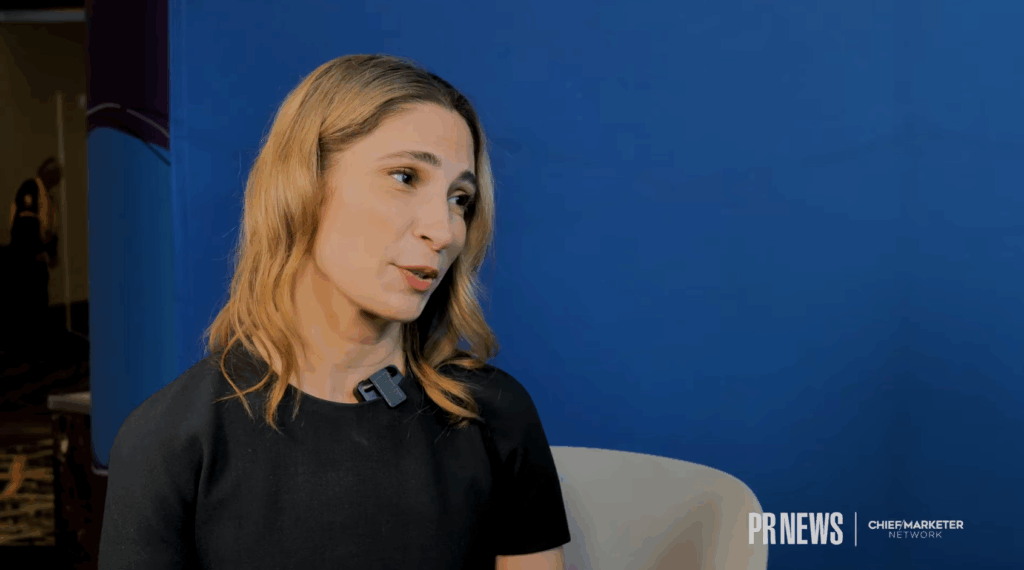Those who have worked in the performance marketing space for many years will recall when True.com first came to market. At the time, the dating offer scene had its way of doing things – the established players and their payouts. Along comes True.com who had no brand and no experience in online marketing. Instead of relying on phony listings and waiting for their database to grow over time, they decided to jump start the growth so that they could shorten the time needed to become the dominant player (at least with respect to the performance marketing industry). If you recall their strategy, you might have assumed like I did at the time that they wouldn’t exist years later as their go-to-market plan seemed so ridiculous, so ill-thought out, and death to the business before it gained the necessary traction. True.com’s plan involved one thing, paying more than anyone else, but not just paying a little more but a whole lot more. The average payout on a dating site where they paid out on some portion of a free profile hovered around the four to five dollar range. True came to market paying close to twenty dollars, and even when they lowered the payouts, they still had enough room to make them far and away the most compelling offer. Naturally, they didn’t sustain the above market payouts for very long, perhaps as short as three months for the first round and nine months total of being the clear price leader, but it lasted long enough to practically build the business of several networks fortunate enough to have that relationship from the start of their marketing.
In coming to market with high payouts and a unique offer, perhaps not from a sector standpoint but from a market exposure perspective, True.com’s strategy mirrors that of a burgeoning cpa network not just that of a performance advertiser. Let’s say that you wanted to become an affiliate network, not in the Commission Junction sense, but in the likes of the current major players in the CPA marketing space. Now more than ever you wouldn’t have to do much in order to get started. You need software, but luckily, thanks to HitPath and LinkTrust, the technology has become more a commodity, not a differentiator. The real things you need, though, most people can rattle off without thinking because almost every network uses the same language – high payouts and exclusive offers. Toss in some other phrases such as great customer service, experienced team, and you’re ready to go. Judging by the number of networks that have popped-up and continue to pop-up, starting a network falls somewhere between wash-rinse-repeat and magic formula, most likely coming closer to the former than the latter.
There is a challenge, though, and it’s inherent to the relative ease with which a company can get started as a network – finding a way to earn what you want instead of having to always compete on price.
Competing on price is what True faced when they came to the market, but what they showed was that publishers would undergo a process of imprinting. In the very beginning, price was the only differentiator among the offers, but after a successful experience of running the offer, payouts became important but not so important. Soon True became their Pepsi or their Coke. If the price of another offer was a little higher, that didn’t result in no volume for True. The same holds true for the networks. The networks of several years ago didn’t look that different from each other. They chased primarily the same advertisers, and they had to offer about the same payouts. If they could hang in there long enough, then that process of publisher imprinting could take place. They could afford to be a little lower on some offers than other networks but still gain a decent amount of traffic. If a publisher saw an offer they liked, they’d shop less often for an extra 5%, 10%, or 15% on payout despite the incremental benefits for them. They’ve got their Pepsi or their Coke, and while they might try a new beverage, they won’t abandon their main choice, now that the process of imprinting has taken place.
The network space is still a hustle and tough work. In many ways, it’s still a pretty straight forward formula. You overpay for a while so that you can achieve scale, and then like a savvy store, once you have a customer in you try to wean them off the items that don’t make you money and sell them on the items that do make you money, which every network has. Not everyone can afford to whether the financial storm of obtaining publishers and lasting long enough to gain their trust, and luckily, today you don’t have to as much. If you are thinking about starting out a network business today, you won’t be able to escape some competition on price, but you will be entering a market more complex than the one when True came out and showed what throwing around some money could do. And, that’s a good thing, because how many of today’s affiliates still remember what True did year’s ago? Not many. With the rise of social media for example, we see a new generation of affiliate marketers who need to go through their own imprinting. And that’s why we see more companies gaining their ground on some form of specialization. They’re coming to the business with a certain deeper level of understanding allowing them to be more consultative. And, while it might complicate things, making it a little tougher for some to become a thriving network, it’s better for the industry as a whole. We aren’t just one-trick ponies, i.e. dressed up brokers with some tracking and the desire to take the cash risk. We’re real businesses and that means a real future.



